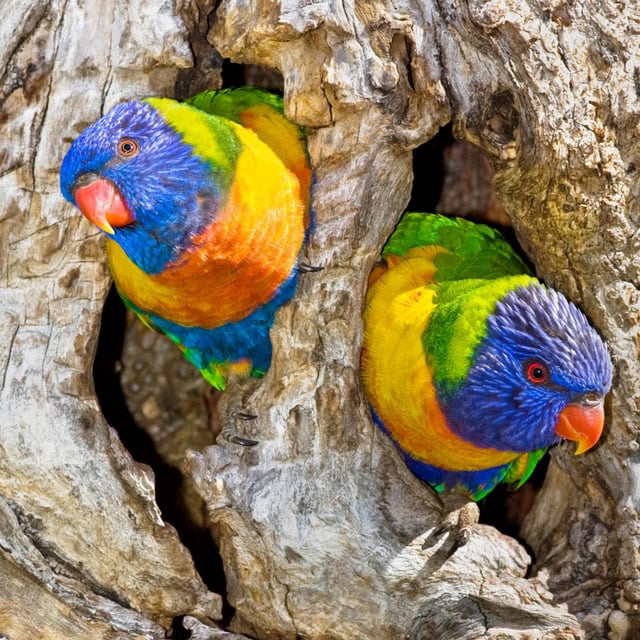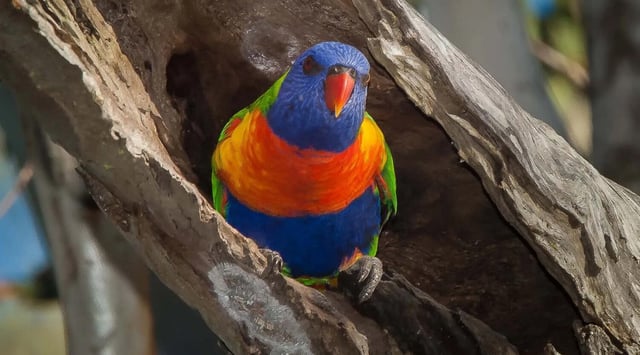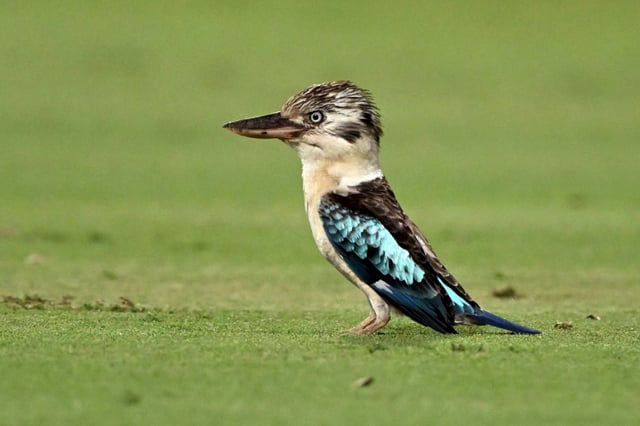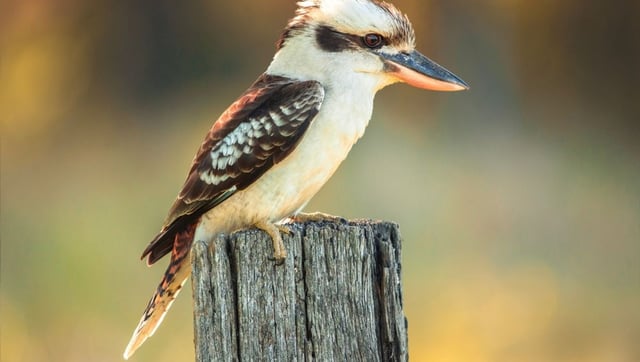Overview
- Researchers dissected nearly 500 birds from five common species admitted to southeast Queensland wildlife hospitals and paired gonadal inspections with DNA tests to identify sex-discordant individuals.
- Twenty-four birds—about 5–6% of the sample—showed mismatches between genetic sex and reproductive anatomy, with 92% of those being genetically female with male gonads.
- A genetically male kookaburra was found with large ovarian follicles and a distended oviduct, indicating recent egg production in a bird chromosomally male.
- Authors caution that the non-random hospital-admitted sample may not reflect broader wild populations and call for systematic field surveys across diverse habitats.
- The research team urges targeted studies of environmental factors—such as endocrine-disrupting chemicals and stress hormones—to uncover causes of sex reversal and evaluate effects on conservation and population models.



